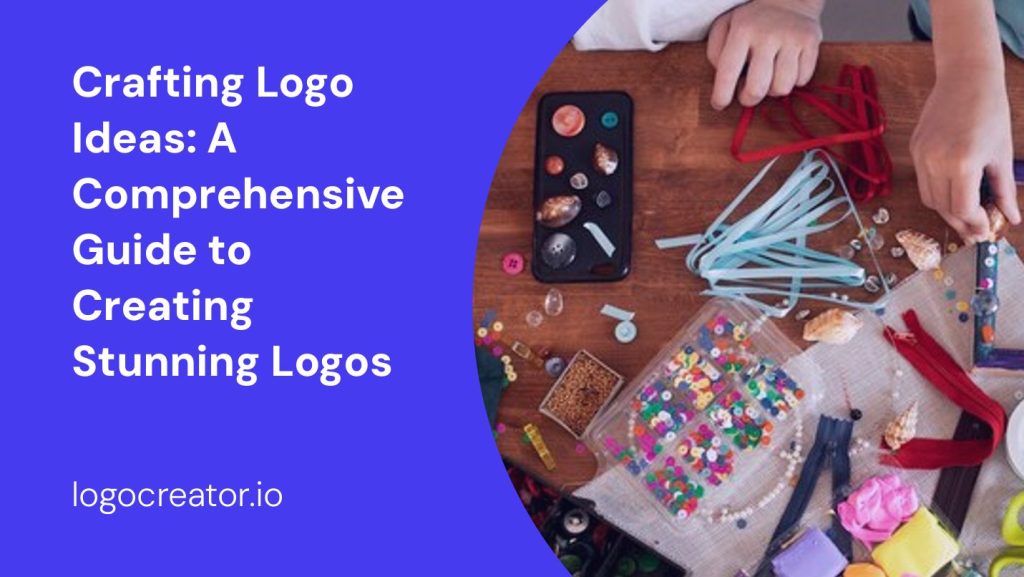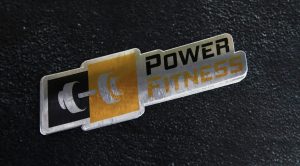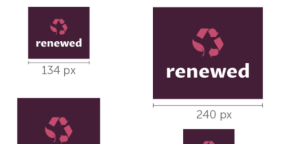Crafting logo ideas is an essential step in establishing a brand identity that resonates with your target audience. A well-designed logo serves as the visual representation of your brand and can leave a lasting impression on potential customers. In this comprehensive guide, we will explore various aspects of logo design, from brainstorming ideas to choosing the right colors and typography. Whether you are a seasoned designer or a beginner, this article will provide valuable insights to help you create stunning logos that effectively communicate your brand message.
Understanding the Importance of a Logo
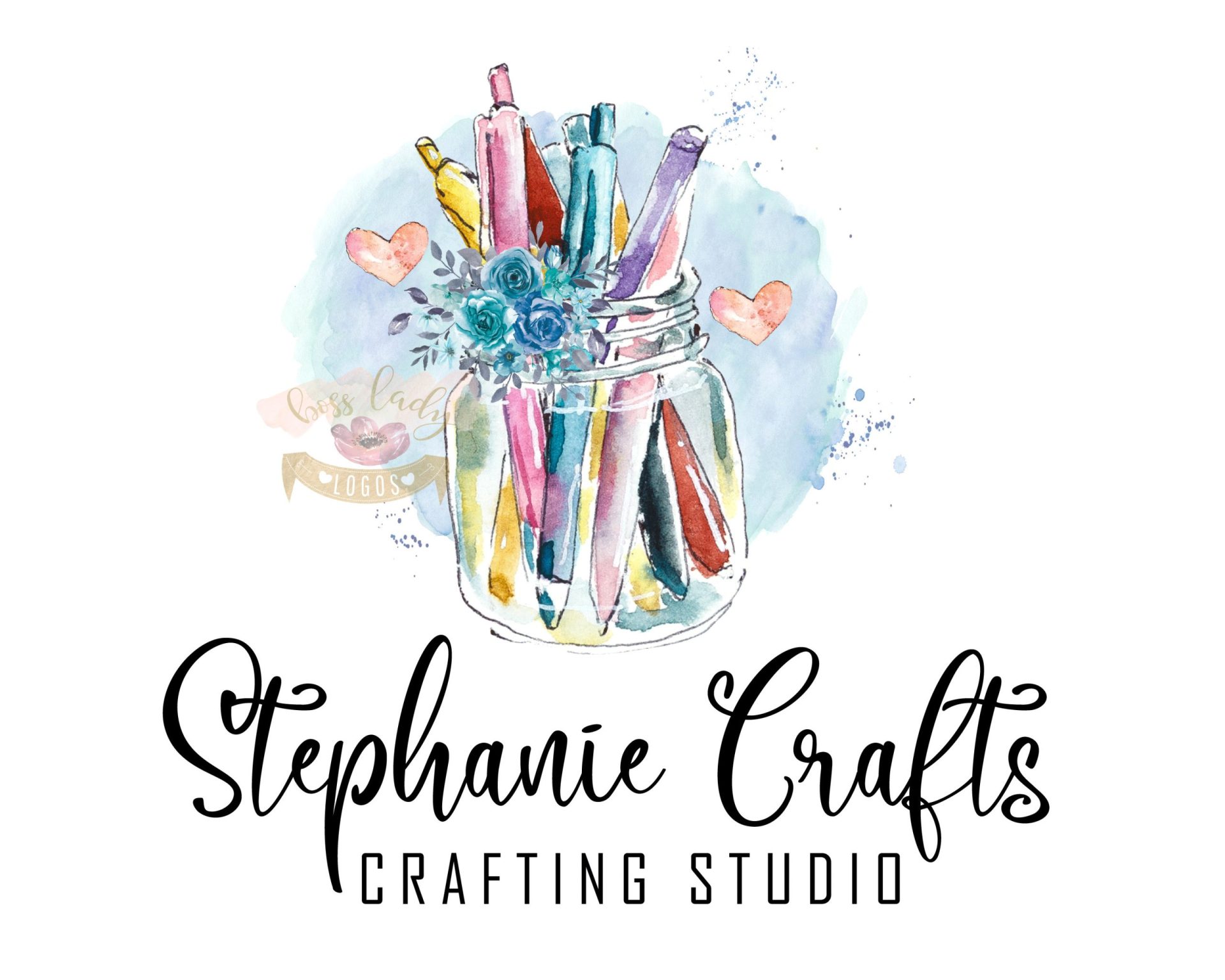

A logo is the face of your brand, instantly recognizable and capable of evoking emotions and associations. It acts as a visual symbol that represents your company’s values, personality, and unique selling proposition. A well-crafted logo can make your brand memorable, helping you stand out from the competition and connect with your target audience.
Brainstorming Logo Ideas
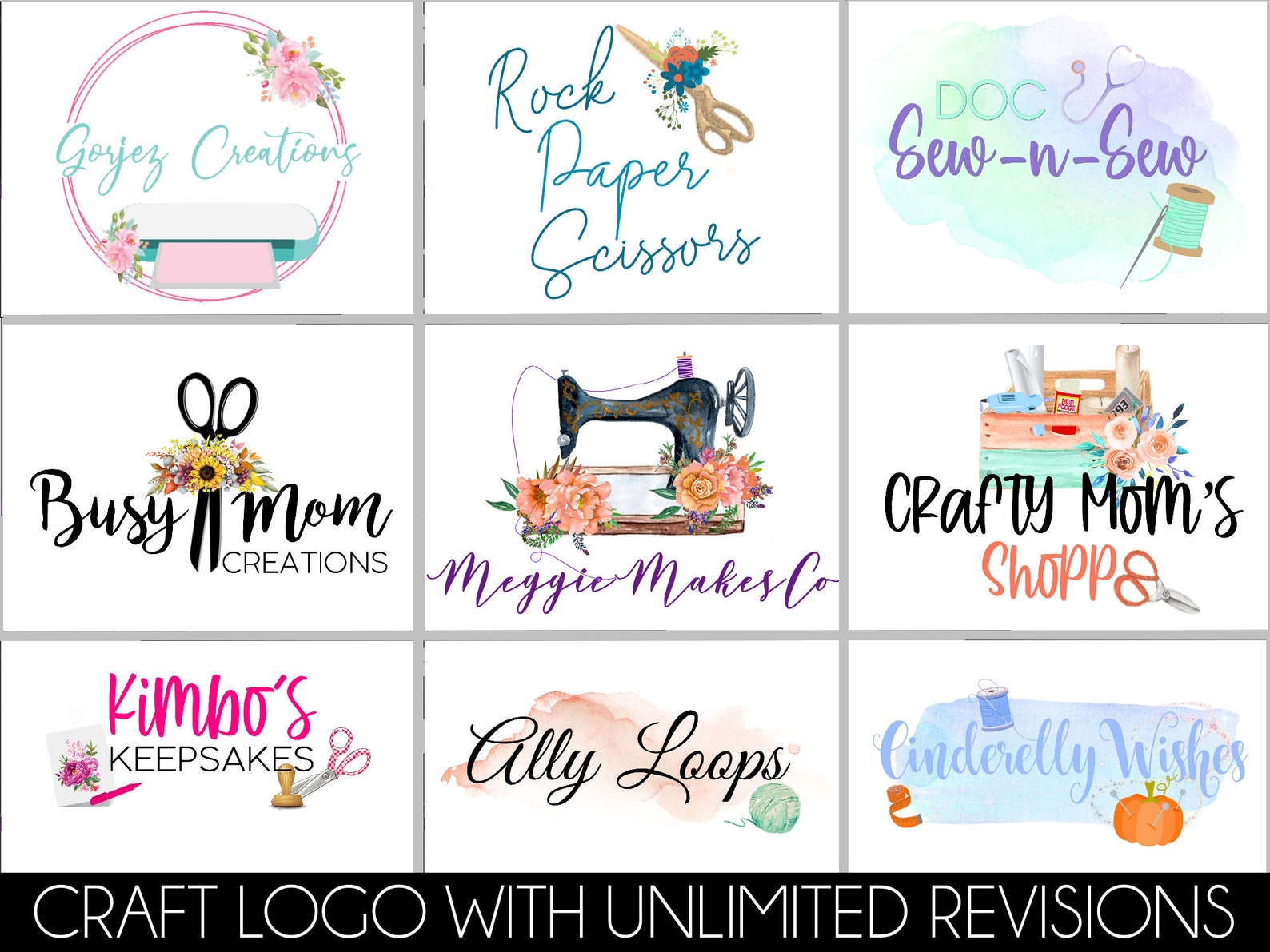

The first step in crafting a logo is brainstorming ideas that align with your brand identity. Here are a few techniques to help you generate creative and relevant logo concepts:
1. Research Your Industry
Start by researching your industry to gain insights into the common visual elements used in logos. Analyze your competitors’ logos to understand the design trends and identify gaps that you can leverage to create a unique logo.
2. Define Your Brand Identity
Before diving into logo design, it is crucial to have a clear understanding of your brand identity. Consider your brand’s mission, values, target audience, and unique selling points. These elements will guide your logo design process and ensure that your logo accurately reflects your brand.
3. Sketch Out Rough Ideas
Grab a pen and paper and start sketching rough logo ideas. Don’t worry about perfection at this stage; focus on capturing the essence of your brand through shapes, symbols, and typography. Experiment with different layouts and compositions to explore various possibilities.
4. Seek Inspiration
Browse through design resources, such as websites, books, and magazines, to gather inspiration. Look beyond your industry to draw ideas from various design styles, art movements, and cultural references. However, it is essential to create a unique logo that distinguishes your brand from others.
Designing Your Logo
Once you have a collection of logo ideas, it’s time to bring them to life through digital design tools. Whether you choose to design the logo yourself or hire a professional designer, here are some key considerations to keep in mind:
1. Choose the Right Colors
Colors play a significant role in logo design, as they evoke specific emotions and associations. Consider your brand’s personality and target audience when selecting colors. For example, warm tones like red and orange can convey energy and passion, while cool tones like blue and green can evoke a sense of calm and trust.
2. Select Appropriate Typography
Typography is another crucial aspect of logo design. Choose fonts that align with your brand’s personality and values. Clean and modern fonts may convey professionalism, while bold and playful fonts can reflect a more youthful and energetic brand image. Ensure that the chosen typography is legible and scalable for different applications.
3. Balance Simplicity and Uniqueness
A great logo strikes a balance between simplicity and uniqueness. Avoid cluttering your logo with too many elements or intricate details that may not be easily recognizable or scalable. Aim for a design that is visually appealing, memorable, and can be easily reproduced across various mediums.
4. Test Legibility and Scalability
Test the legibility and scalability of your logo by resizing it and applying it to different mediums. Ensure that it remains clear and recognizable, even at smaller sizes or when displayed in black and white. A well-designed logo should be versatile and maintain its impact across various applications.
Refining and Iterating Your Logo
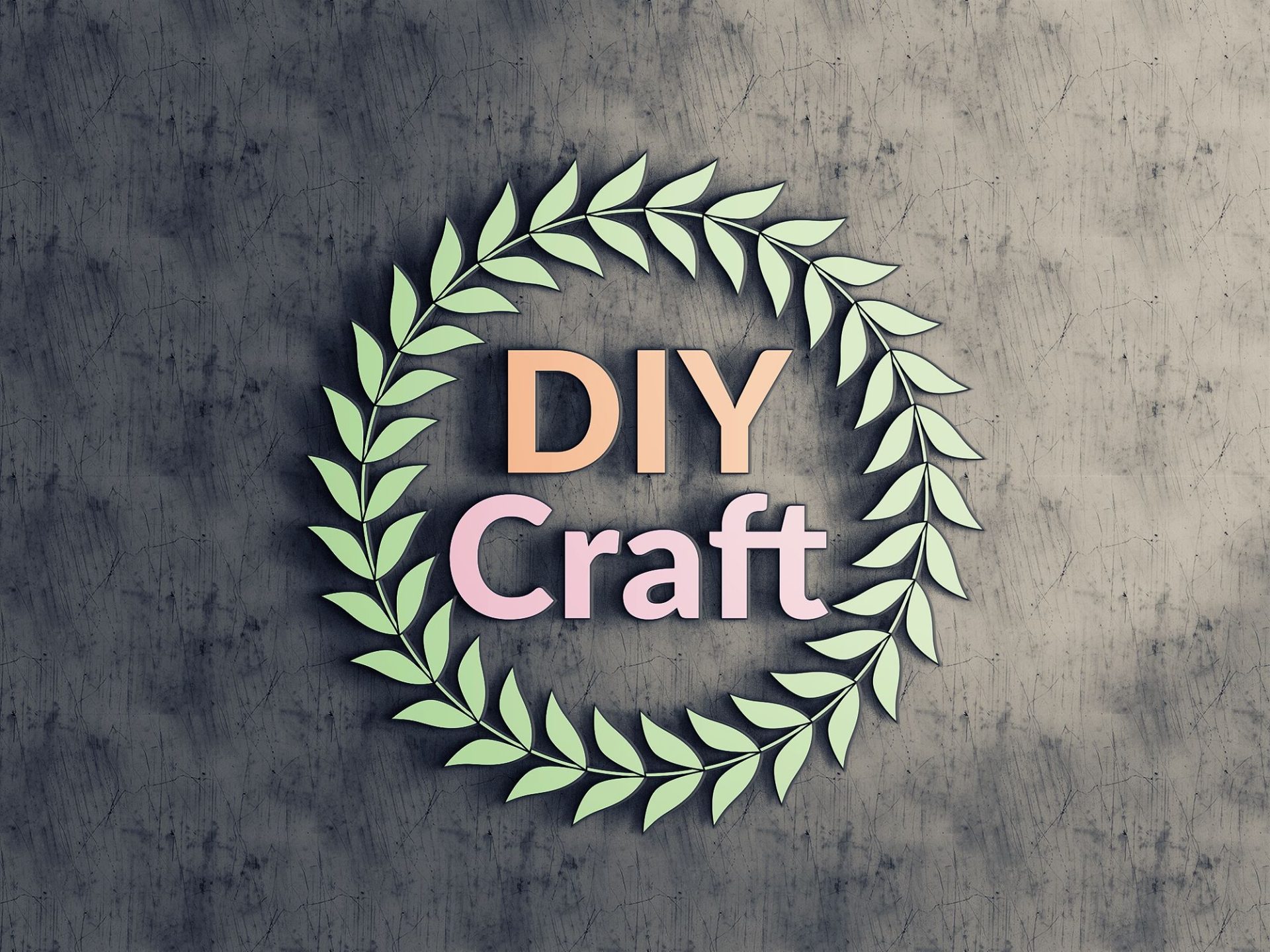

Once you have a draft version of your logo, it’s time to refine and iterate until you achieve the desired result. Solicit feedback from trusted individuals or conduct focus groups to gather insights and perspectives. Consider the following steps to refine your logo:
1. Gather Feedback
Seek feedback from your target audience, colleagues, or design professionals. Listen to their opinions and suggestions while keeping your brand identity and target audience in mind. Take note of the feedback that resonates with your vision and make adjustments accordingly.
2. Make Iterations
Based on the feedback received, make the necessary iterations to improve your logo. Experiment with different color palettes, typography variations, and design elements to explore alternative options.
3. Test in Different Contexts
Test your refined logo in various contexts, such as on different backgrounds, digital platforms, and promotional materials. Ensure that it remains visually appealing and effectively represents your brand across different mediums.
4. Finalize Your Logo
Once you are satisfied with the refinements and it aligns with your brand identity, it’s time to finalize your logo. Save it in different file formats and sizes to ensure its compatibility with various applications, such as websites, social media profiles, and print materials.
Conclusion
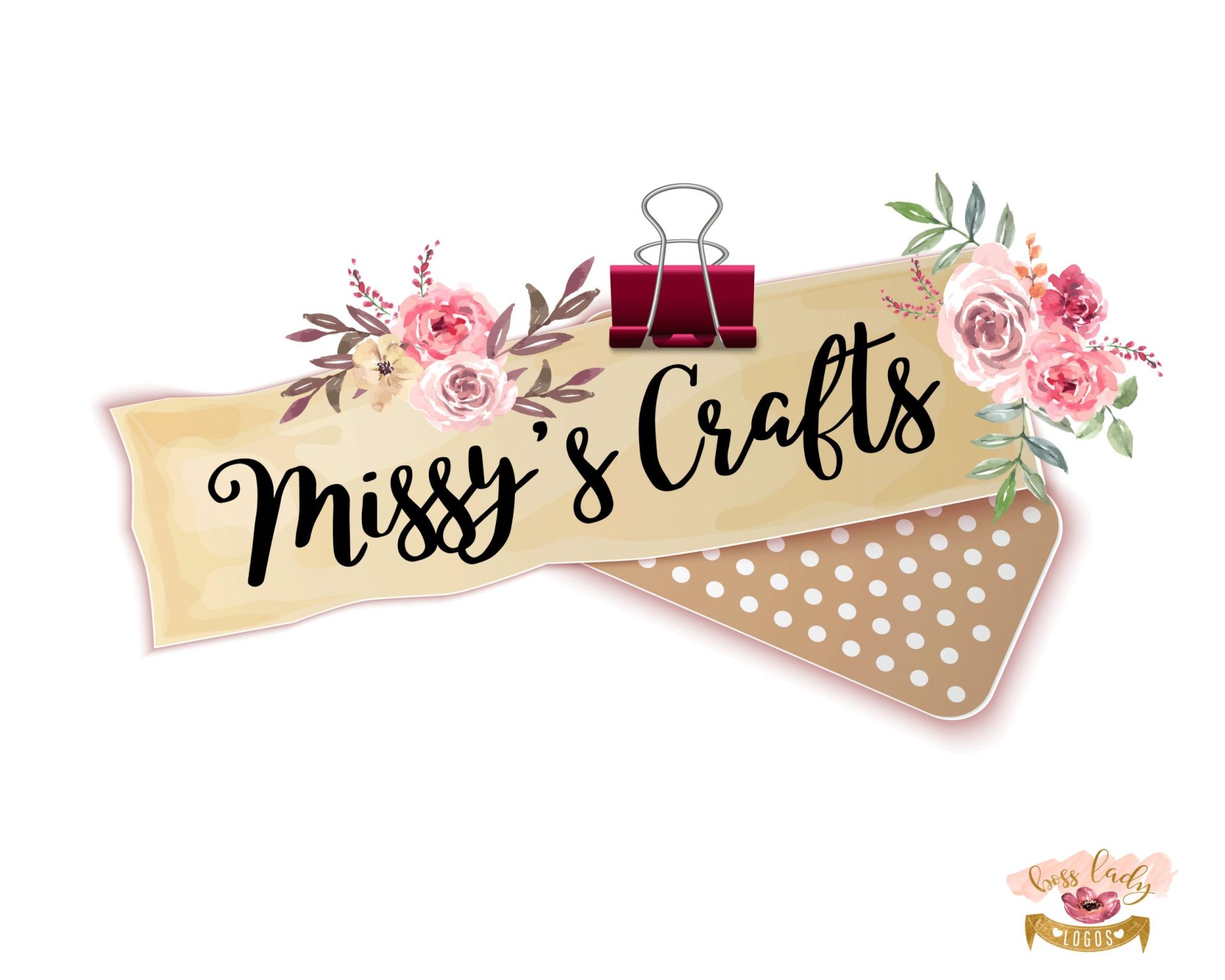

Crafting logo ideas is a creative process that requires careful consideration of your brand identity, target audience, and design principles. By following the steps outlined in this comprehensive guide, you can create stunning logos that effectively communicate your brand’s message and leave a lasting impression on your audience. Remember, a well-designed logo is a powerful tool that can elevate your brand and set you apart in today’s competitive market.
Marietta Arnold is a branding and design enthusiast who draws inspiration from hobbies like hiking, photography, and art exploration. With a background in graphic design, she shares insights on branding strategies and logo design trends. Stay updated with Marietta’s work for the latest in branding and design.
